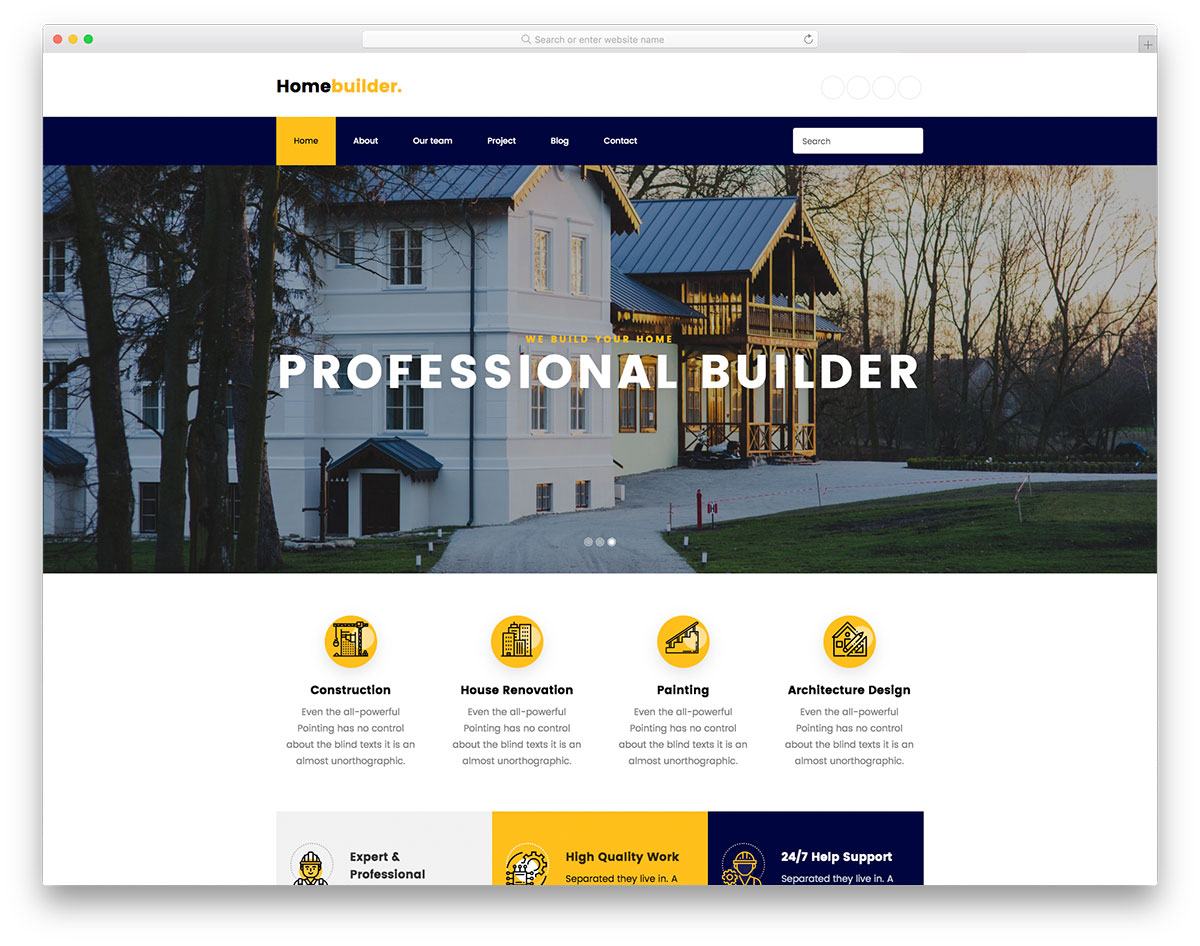Constructing your maiden home can be an thrilling yet overwhelming journey. With numerous choices to make, from selecting the appropriate blueprint to managing a budget, the process can feel daunting. Yet, with the right direction, you can maneuver through the challenges of home construction confidently. This thorough manual is specifically made for first-time builders, providing a detailed path from planning and design to the ultimate touches before moving in.
Whether you are deciding between constructing a bespoke home or choosing for a pre-designed design, understanding the details of the construction process is crucial. You will learn about the various stages of construction, how to select the ideal resources, and the significance of connected house technologies. Equipped with wikipedia reference about budgeting and funding, as well as suggestions on steering clear of frequent pitfalls, you will be ready to construct the home of your visions. So get ready your arms and let's start on this amazing adventure together.
Understanding this Homebuilding Process
Creating an brand-new home can be an thrilling venture that includes several steps, starting from initial preparation and planning to last details prior to moving in. The homebuilding process usually commences with deciding on your budget, selecting a fitting site, as well as contracting a architectural professional or home builder. Throughout this initial period, it's essential for you to collect every required information about land use regulations and building permits, making sure that one is on track to achieve an hassle-free construction process.
Once these blueprints have been completed, this construction stage kicks off. This includes pouring a base, raising a building, installing water systems and electrical installations, and finalizing both the outer as well as interior finishes. Each stage of this procedure needs meticulous attention to specifics and adherence to deadlines, since holdups may result in higher costs along with prolonged timelines. Staying updated as well as regularly engaging alongside your construction team can help reduce potential issues.
Ultimately, the construction process wraps up with final verification, adjustments, and the crucial final walk prior to occupying. This final stage allows you for you to make sure that all aspects meets one's expectations and adheres with the agreed-upon specifications. Through grasping these nuances of the construction procedure, first-time homeowners can steer through the construction journey confidently conviction while also accomplish their dream desired house.
Budgeting and Budgeting Your Construction
Creating a realistic budget is crucial when preparing for your new home construction. Begin by determining the total costs, which include land, supplies, workforce, and permits. It's necessary to factor in additional expenses such as gardening, utilities, and furnishings. By estimating these costs upfront, you can avoid unexpected costs later in the process and ensure that your dream home remains within budget.
When it comes to funding your build, various options are available to new builders. Construction loans are especially designed for constructing homes, allowing you to borrow funds in increments as each step of construction is finished. Investigate lenders who focus in building loans and compare interest rates, terms of financing, and fees. Make sure to collect all essential documents to simplify the application process and boost your odds of approval.
Unexpected costs can sneak up on you during the construction process, making it crucial to factor in buffer costs in your budget. These can encompass site preparation, fluctuations in material prices, and unexpected repair work. Allocate a percentage of your budget—generally 10 to 20 percent—to cover these potential overruns. By being prepared and anticipating possible additional expenses, you can better control your finances and keep your project on track.
Choosing Appropriate Components as well as Blueprint

Choosing appropriate materials and design for a new home is vital for the aesthetics and functionality. Begin by taking into account the climate and environment; materials must withstand regional weather patterns. For instance, sturdy materials like masonry or stucco can provide better insulation in chilly areas, while wood offers a traditional look plus natural warmth. Exploring the latest design trends can also encourage your choices, enabling you to create a space that is both modern plus personalized.
When it comes to external finishes, examine the alternatives available and evaluate the pros and cons. Masonry is known for its durability and low maintenance, while wood offers a timeless appeal but may require more upkeep. Stucco provides a adaptable plus stylish appearance but should be appropriately treated to prevent moisture problems. Whatever your choice, ensure it corresponds with your design vision, budget, as well as maintenance capabilities.
The inside design should also represent a lifestyle plus preferences. Consider energy-efficient materials to lower utility bills, as well as choose flooring solutions that balance style with durability. Smart home features are progressively popular, enhancing ease as well as energy management. Partnering with a professional designer can help you navigate these choices, ensuring your new home is a seamless blend of comfort, style, and sustainability.
